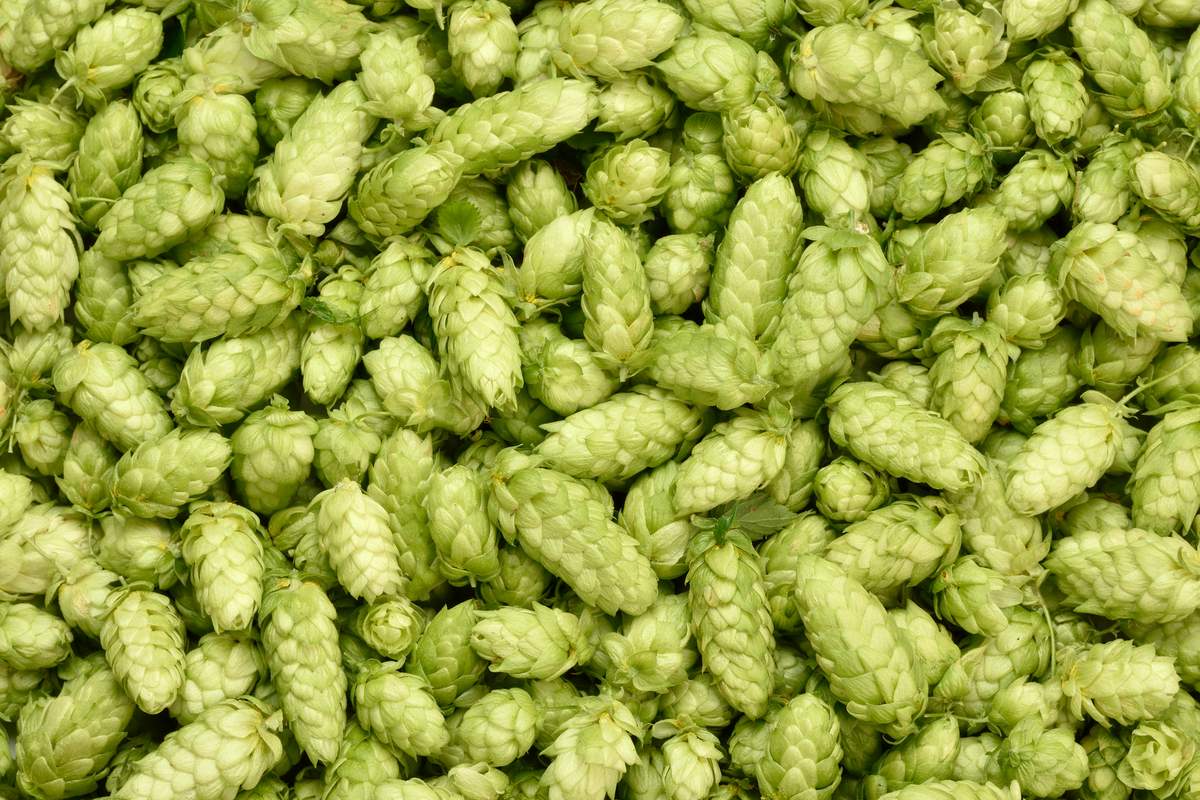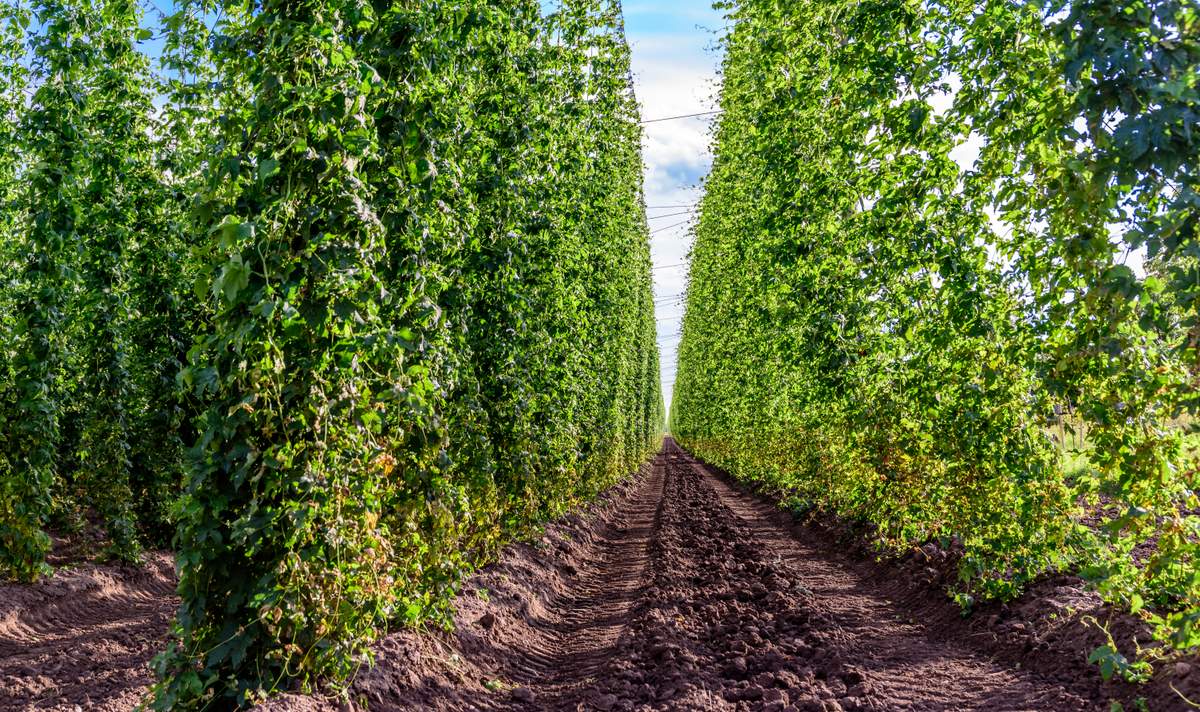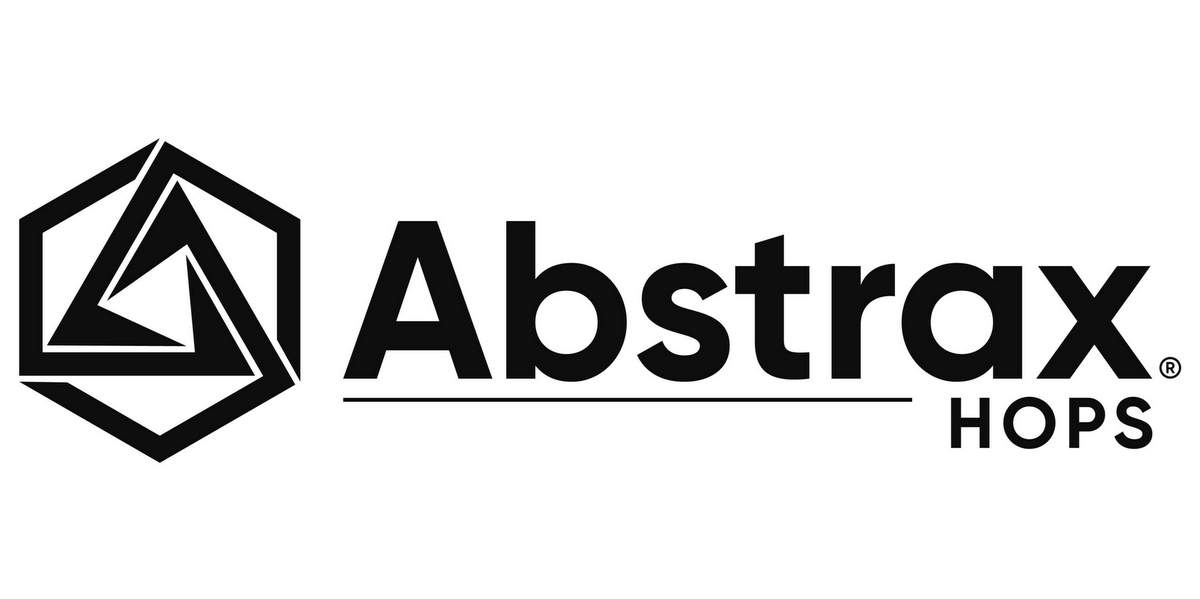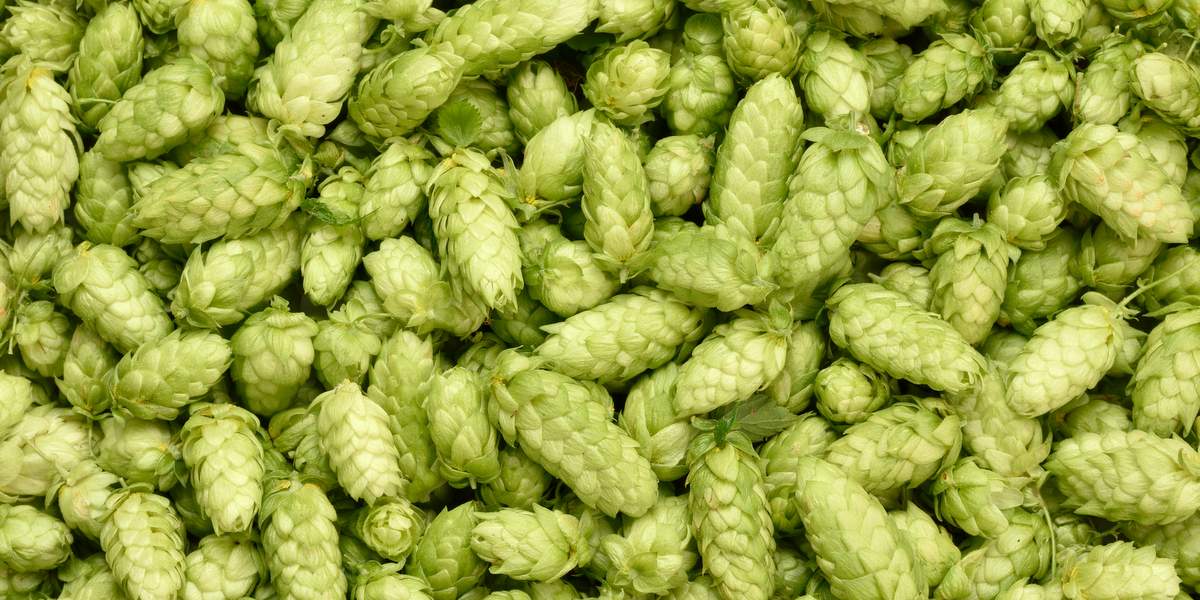
I, like many of you, love the hoppiest beers, so the American hop harvest is always a special time of year to celebrate — partly because each new year seems a little bit more challenging for hop growers and their continued success is always worth celebrating. Factors like evolving consumer preferences, climate change and technological advancements in agriculture and product (think extracts or cryo) are increasingly putting pressure on hop farmers, growers and brokers. More evidence comes from the 2023 harvest, which was way back in August and September, but I’m just getting some important production numbers in now — via the 2023 USDA-NASS National Hop Report.
Production was up, but acreage and value were down (skip to the bottom for eight main facts about the harvest).
As the backbone of the brewing industry, hops are vital in flavoring and stabilizing beer, but hop yields varied across major producing regions in 2023. I heard a lot about climate challenges throughout the year in both Europe and the Americas. Hops are delicate. They thrive in specific conditions, favoring temperate climates and particular lengths of daylight. Regions like the Pacific Northwest in the United States, parts of Europe and New Zealand have historically been prime hop-growing areas because of their optimal conditions. In the video below, Stephan Schinagl, head of purchasing at BarthHaas, explains how these optimal conditions are becoming unpredictable.
“Changes in climate with more frequent extreme weather conditions like heat waves and hot and dry weather conditions, especially during the growing season in the months of June and July, are affecting the hop plants and affecting the hop industry with more and more lower yields and lower alpha contents and lower oil contents,” says Schinagl in the video.
Hops require a significant amount of water, especially during the initial growth period. Changing rainfall patterns, with droughts becoming more common in certain regions, is putting stress on hop yields. Hops are sensitive to temperature variations. Warmer temperatures can accelerate the growth cycle, which might sound beneficial, but this rushed growth can adversely affect the quality of the hops, altering flavor and aroma profiles. According to this recently published paper titled: “Climate-induced decline in the quality and quantity of European hops calls for immediate adaptation measures:”
Accounting for almost 90% of all hop-growing regions, our results from Germany, the Czech Republic and Slovenia show that hop ripening started approximately 20 days earlier, production declined by almost 0.2 t/ha/year, and the alpha content decreased by circa 0.6% when comparing data before and after 1994 CE. A predicted decline in hop yield and alpha content of 4–18% and 20–31% by 2050 CE, respectively, calls for immediate adaptation measures to stabilize an ever-growing global sector.
We ran a pre-harvest report in August from Yakima Chief Hops, which noted many of its hop yards were blooming early.
“This year is a little funky,” said Joe Catron, director of grower services at Yakima Chief Ranches, in the video below. “A lot of things seem to be a little bit early. We’ve got several growers in Oregon and a few up in Washington already picking Centennial.”
What are the 2023 hop harvest numbers?
With all that in mind, we just got some hard numbers in via the 2023 USDA-NASS National Hop Report, and production was actually up even if acreage was down. According to the report, production for Idaho, Oregon and Washington (the three main U.S. states for hop production) in 2023 totaled 104 million lbs — up 2 percent from the 2022 crop of 102 million lbs. Here are eight other factoids about the harvest via the report:
- Combined area harvested for Idaho, Oregon and Washington in 2023 totaled 54,318 acres, down 10 percent from the previous year.
- Harvested acreage decreased in Oregon, Idaho and Washington.
- The United States hop yield, at 1,915 lbs per acre, is up 221 lbs from a year ago.
- Washington produced 74 percent of the United States hop crop for 2023; while Idaho accounted for 16 percent and Oregon accounted for 10 percent.
- In Washington, Columbus/Tomahawk/Zeus, Citra, Mosaic, Cascade and Simcoe were the five leading varieties, accounting for 46 percent of the state’s hop production.
- In Idaho, Columbus/Tomahawk/Zeus, Mosaic, Citra, Cascade and Eureka! were the major varieties, accounting for 58 percent of the state’s hop production.
- In Oregon, Citra, Mosaic, Strata, Cascade and Nugget were the major varieties, accounting for 64 percent of the state’s hop production.
- The 2023 value of production for the United States totaled $562 million, down 9 percent from the previous year.

You can dig deeper into specific hop variety numbers right over here. As we reflect on the 2023 hop harvest, we must also reflect on a 2023 that was marked overall by resilience and adaptability. Despite facing challenges such as climate variability and evolving market demands, hop producers have demonstrated remarkable agility in adjusting their cultivation and distribution strategies. This year’s harvest not only highlights the sector’s capacity to navigate environmental and economic uncertainties but also underscores the ongoing commitment to quality and sustainability. With a keen eye on the future, the hop industry looks prepared to continue its vital role in supporting the brewing sector. We’ll keep you updated on its progress.





Hank Rowe says
With the widespread reporting in the drop of craft beer sales, my suspicion is that the hop market didn’t get the memo… will there be a surplus of hops, and hence a drop in prices?